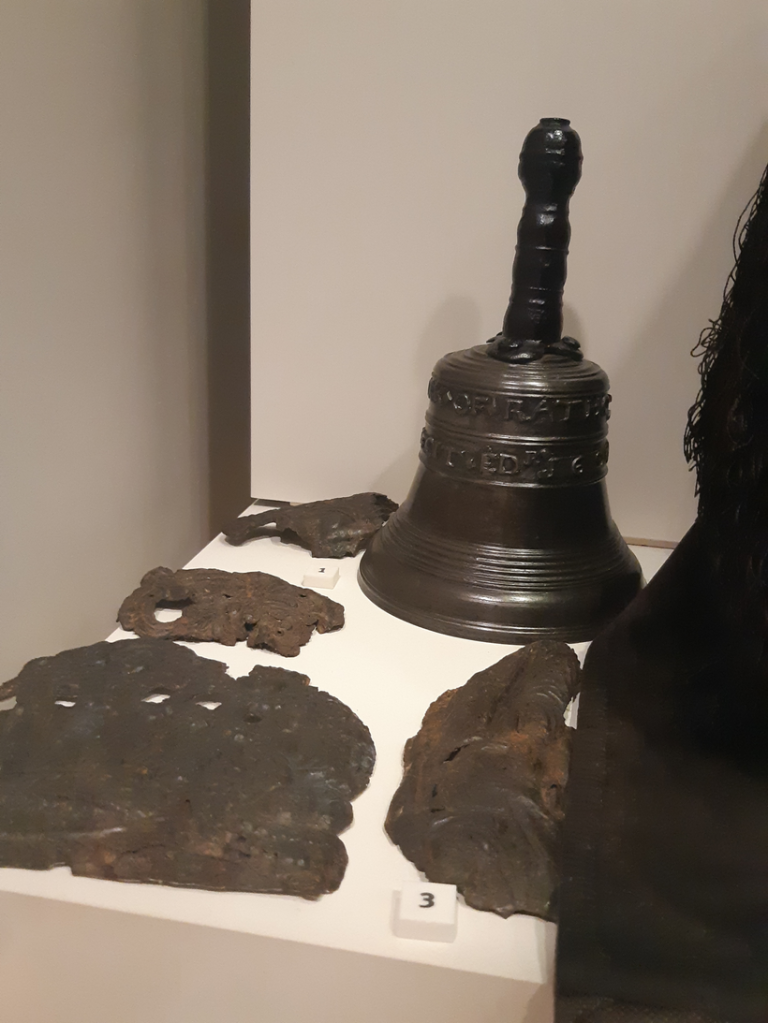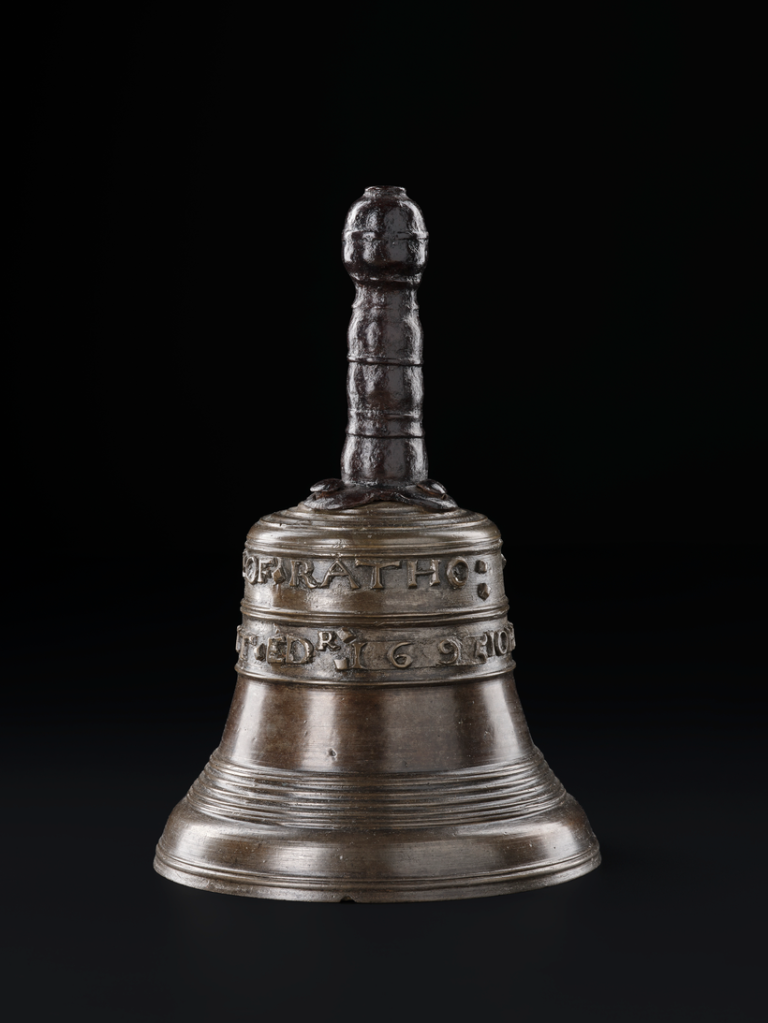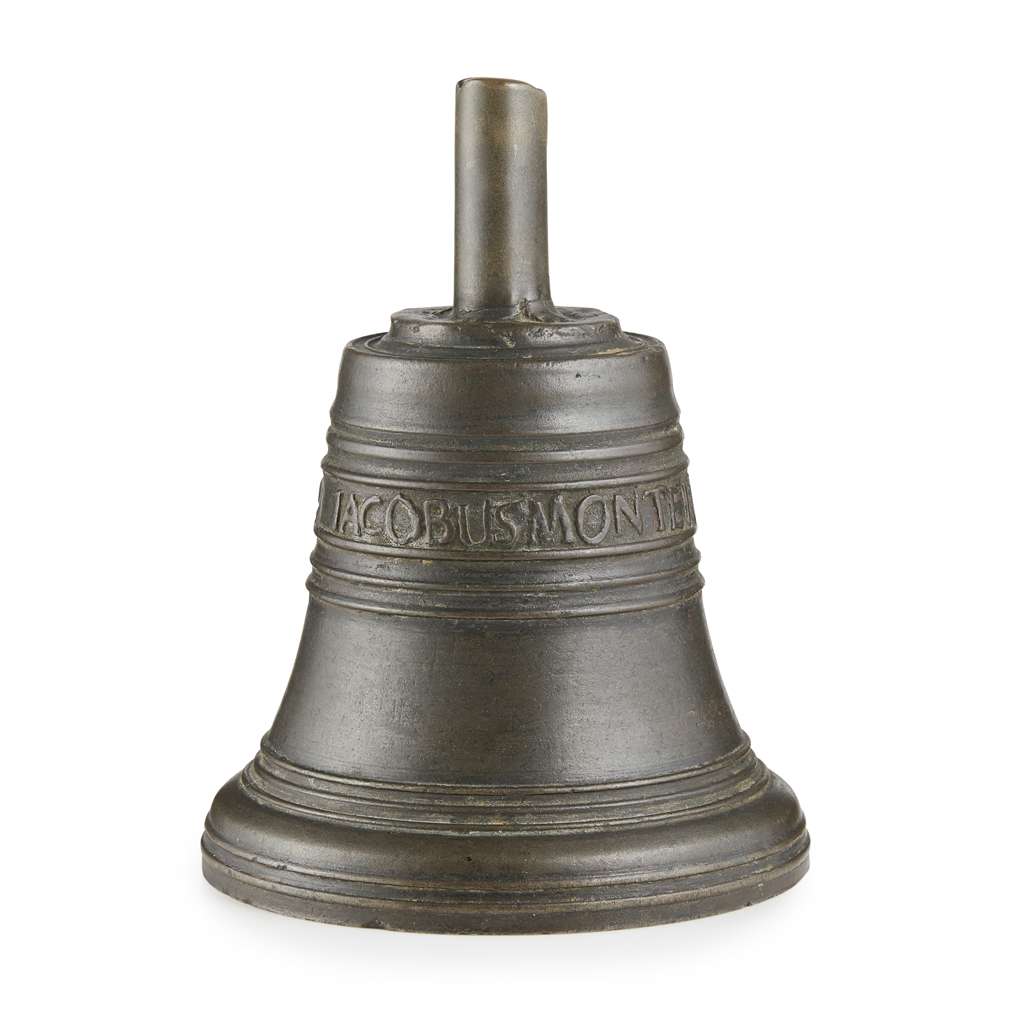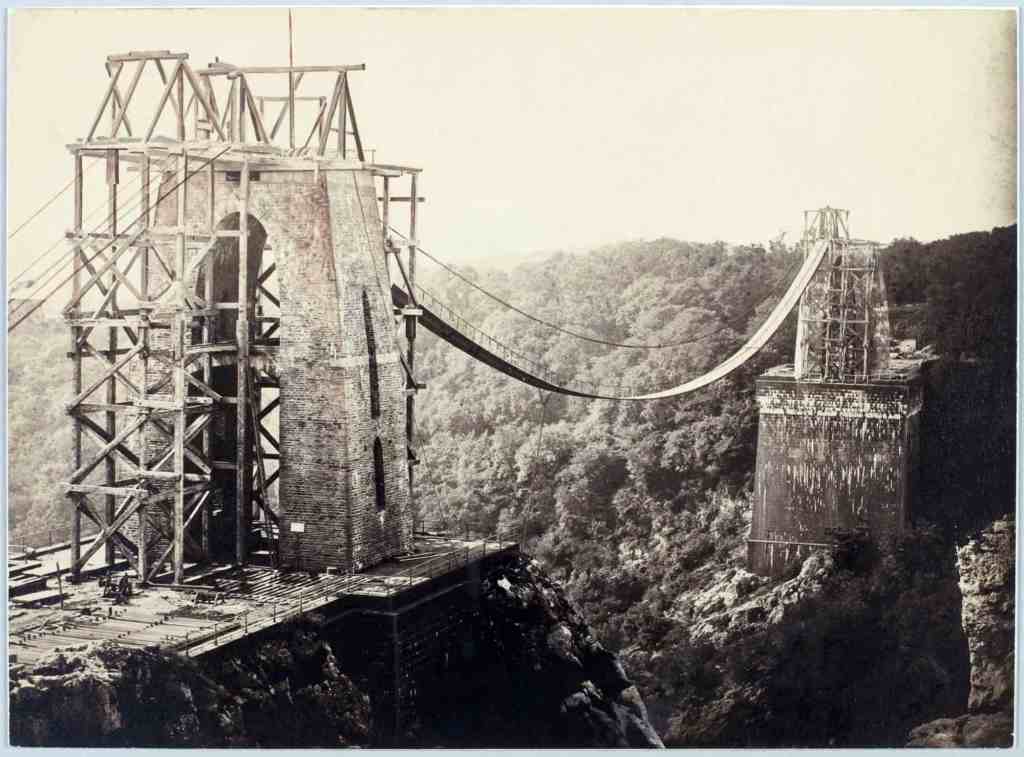Whenever I find myself in a new town, I look to see the nearest locations of two things; a graveyard and a museum. Double points if the museum has a café and a giftshop. The Museum of Scotland in Edinburgh has all of the above, making it a top destination in my book.

I’ve been to the Museum of Scotland a few times, and found something new to enchant me with each visit. On a recent visit, I found myself in an upper corridor, tucked out the way, with a smashing display of historical artefacts on offer. This was the death corridor – there were funeral notices, coffin plates, biers, the works. But in amongst all of this was something I’d never seen before, and something marked with a deliciously Scottish title – the Deid Bell of Ratho Kirk.

The Deid Bell dates from 1695 and is literally a ‘dead bell’, rung to announce a death in the parish – much like a town crier would make announcements. It was then carried and rung before the coffin in a funeral procession as part of the burial ritual, and to mark the route of the mourners. The peels of the bell had many purposes in this ritual, not only was it a means of practical announcement, and to incite prayers for the deceased’s soul, but was believed to drive away evil spirits from the person’s body.

Used across Scotland and northern England, A ‘Deid Bell’ (Scots) went by many names, including a death, mort, skillet, passing or mort bell and was used as a part of death ritual and community mourning into the 19th century, when mourning and burial culture began to change drastically. Prior to its popularisation in the UK, the use of the dead bell was depicted in the Bayeux Tapestry, which has led many historians to suggest that – much like brie, wine and soft-focus pornography – the dead bell was a French import.

So prevalent was the Deid Bell in Scotland and northern England, that many 18th century gravestones depict these traditional large handbells as a nod to the grief and spiritual protection they offered to communities. Much like the traditional Memento Mori symbolism of hourglasses, skulls and crossed bones, dead bells were a visual shorthand for mortality and the necessity of repenting before the sad hour comes.
Bells have been used in death and ritual for centuries, primarily used to ‘clear’ the air or rid the area of evil spirits. In the middle ages, beliefs surrounding the mystical power of bells bloomed with the Catholic church officially integrating the use of bells in some of their spiritual cleansing rituals. In order for the bell to have adequate Christian protective powers, and to ready it for use in a church or religious community, the bell itself was often baptised like an infant.

The Deid Bell in the museum’s collection came from the parish of Ratho, a small village to the west of Edinburgh, which has had a church (kirk) on the same site since the 13th century.
Dead bells differ slightly from ‘death knells’, but had a similar usage in marking a death and the beginning of a period of grief and mourning. Death knells generally belong to a ritual of three bell ringing periods, all surrounding the death of an individual. This ritual has been banned and permitted on-and-off throughout British history, depending on the whims of the state church at the time.

Traditionally speaking, the ritual of marking a death through bells would take three separate forms:
- Firstly, the passing bell. The passing bell would ready a community – and the afterlife – for the imminent death of an individual.
- Secondly, the death knell would announce the official death of said person.
- Finally, the corpse (or lych) bell would be rung during burial and funeral rituals with large gaps in-between peels. This latter method is most familiar to us today as a funeral bell or funeral toll fulfils this same purpose.
These latter rituals primarily involve large church bells, rather than small, handheld variations. For example, some church bells may be ‘muffled’ for funerals or memorial services, where a leather cap is placed over half of the clapper to create a nuanced soft-hard striking pattern.
Little information is offered by the National Museum of Scotland as to how and why this bell came into their possession, but I can only imagine how many other Deid Bells were cast into rubbish tips, or melted down after they fell out of favour.
***

Liked this post? Then why not join the Patreon clubhouse? From as little as £1 a month, you’ll get access to tonnes of exclusive content and a huge archive of articles, videos and podcasts!
Pop on over, support my work, have a chat and let me show you my skulls…www.patreon.com/burialsandbeyond

Liked this and want to buy me a coffee?
To tip me £3 and help me out with hosting, click the link below!
https://ko-fi.com/burialsandbeyond
***





Leave a comment